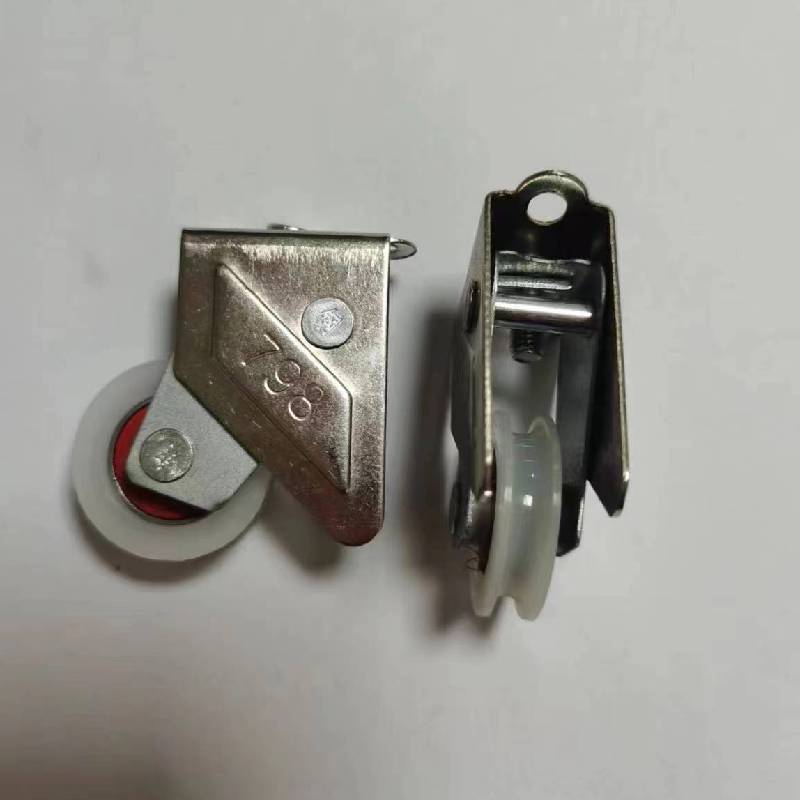cast iron bushings
Understanding Cast Iron Bushings An Essential Component in Machinery
In the world of machinery and manufacturing, the importance of precision-engineered components cannot be overstated. Among these components, cast iron bushings play a critical role in ensuring the smooth operation and longevity of various mechanical systems. This article delves into what cast iron bushings are, their applications, advantages, and some considerations for their use.
What Are Cast Iron Bushings?
Cast iron bushings are cylindrical components made from cast iron that are used to provide a sliding surface for moving parts in machines. They are often installed in areas where two components must interact with minimal friction. The bushing acts as a protective interface that reduces wear and tear between moving parts, thereby enhancing performance and ensuring the longevity of the machinery.
The manufacturing process typically involves casting molten iron into molds, which allows for intricate designs and dimensions. This process ensures that the bushings can be tailored to meet the specific requirements of different applications, making them versatile components in mechanical engineering.
Applications of Cast Iron Bushings
Cast iron bushings are widely used across various industries. Some common applications include
1. Automotive Industry In vehicles, cast iron bushings are employed in suspension systems, drivetrains, and steering mechanisms, providing durability and support to moving parts.
2. Construction Equipment Heavy machinery such as excavators and bulldozers utilize cast iron bushings in pivot points, arms, and joints to withstand high loads and abrasive conditions.
3. Industrial Machinery Manufacturing equipment, conveyors, and heavy-duty motors benefit from cast iron bushings to maintain operational efficiency and minimize maintenance costs.
4. Agricultural Equipment From tractors to harvesters, these bushings are integral in ensuring that machinery performs efficiently under rigorous conditions.
Advantages of Cast Iron Bushings
cast iron bushings

2. Low Friction The self-lubricating properties of cast iron reduce friction between moving parts, which in turn decreases heat generation and minimizes wear.
3. Corrosion Resistance Cast iron provides decent resistance to corrosion, especially when treated or coated, enhancing its suitability for outdoor and abrasive environments.
4. Cost-Effectiveness Compared to other materials like bronze or steel, cast iron offers a more economical solution without compromising performance.
Considerations for Using Cast Iron Bushings
While cast iron bushings have many advantages, there are also some considerations to keep in mind
1. Brittleness Cast iron, although strong, can be brittle under certain conditions. It is vital to carefully design and test bushings to handle impact loads.
2. Weight Cast iron bushings are heavier than their plastic or aluminum counterparts, which could be a disadvantage in applications where weight reduction is crucial.
3. Maintenance Although cast iron bushings require less maintenance compared to certain materials, proper lubrication and regular inspection are essential to ensure optimal performance.
Conclusion
In conclusion, cast iron bushings serve as indispensable components in various mechanical systems, providing support and reducing friction between moving parts. Their durability, low friction properties, and cost-effectiveness make them a popular choice across multiple industries. As technology evolves, the design and functionality of these bushings are likely to advance, continuing to enhance their role in machinery and manufacturing. Whether in automobiles, construction, or industrial applications, cast iron bushings remain a fundamental part of ensuring operational efficiency and reliability in mechanical systems.
-
Wrought Iron Components: Timeless Elegance and Structural StrengthNewsJul.28,2025
-
Window Hardware Essentials: Rollers, Handles, and Locking SolutionsNewsJul.28,2025
-
Small Agricultural Processing Machines: Corn Threshers, Cassava Chippers, Grain Peelers & Chaff CuttersNewsJul.28,2025
-
Sliding Rollers: Smooth, Silent, and Built to LastNewsJul.28,2025
-
Cast Iron Stoves: Timeless Heating with Modern EfficiencyNewsJul.28,2025
-
Cast Iron Pipe and Fitting: Durable, Fire-Resistant Solutions for Plumbing and DrainageNewsJul.28,2025
-
 Wrought Iron Components: Timeless Elegance and Structural StrengthJul-28-2025Wrought Iron Components: Timeless Elegance and Structural Strength
Wrought Iron Components: Timeless Elegance and Structural StrengthJul-28-2025Wrought Iron Components: Timeless Elegance and Structural Strength -
 Window Hardware Essentials: Rollers, Handles, and Locking SolutionsJul-28-2025Window Hardware Essentials: Rollers, Handles, and Locking Solutions
Window Hardware Essentials: Rollers, Handles, and Locking SolutionsJul-28-2025Window Hardware Essentials: Rollers, Handles, and Locking Solutions -
 Small Agricultural Processing Machines: Corn Threshers, Cassava Chippers, Grain Peelers & Chaff CuttersJul-28-2025Small Agricultural Processing Machines: Corn Threshers, Cassava Chippers, Grain Peelers & Chaff Cutters
Small Agricultural Processing Machines: Corn Threshers, Cassava Chippers, Grain Peelers & Chaff CuttersJul-28-2025Small Agricultural Processing Machines: Corn Threshers, Cassava Chippers, Grain Peelers & Chaff Cutters












